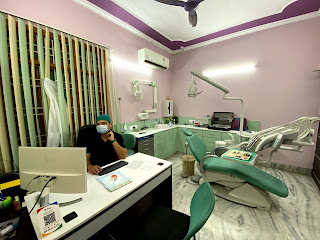What Causes Crooked Teeth and How to Straighten Them

Crooked, misaligned teeth are prevalent. Many children and adults have them. If your teeth are crooked, if you’re unhappy with the way your teeth look, or if they’re causing health or speech issues, you can have them realigned. What causes crooked teeth? Both baby teeth and permanent teeth can come in crooked, or they can become crooked. Baby teeth sometimes move into crooked positions because they’re too small to fill the amount of gum space allocated to them. Prolonged habits, such as sucking on a pacifier or thumb, can also cause baby teeth to become pushed out or crooked. Heredity and genetics may also play a role. Having crooked baby teeth doesn’t mean your child will have crooked permanent teeth. However, if baby teeth grow in crowded together, the permanent teeth may be crowded as well. If trauma to the mouth or tooth decay causes one or more baby teeth to fall out sooner than they would naturally, the permanent teeth that follow may grow out of the gums slanted rather than...


